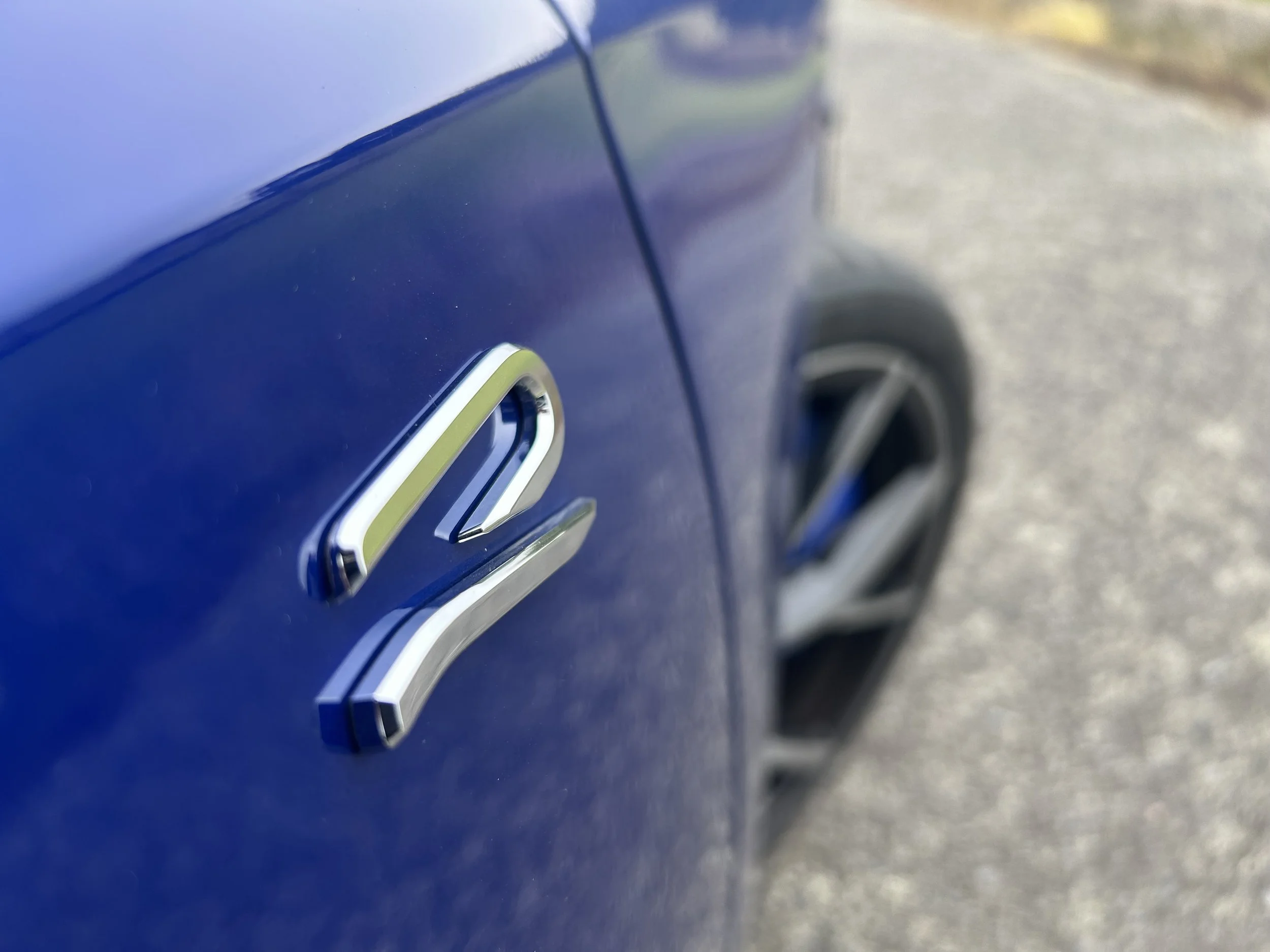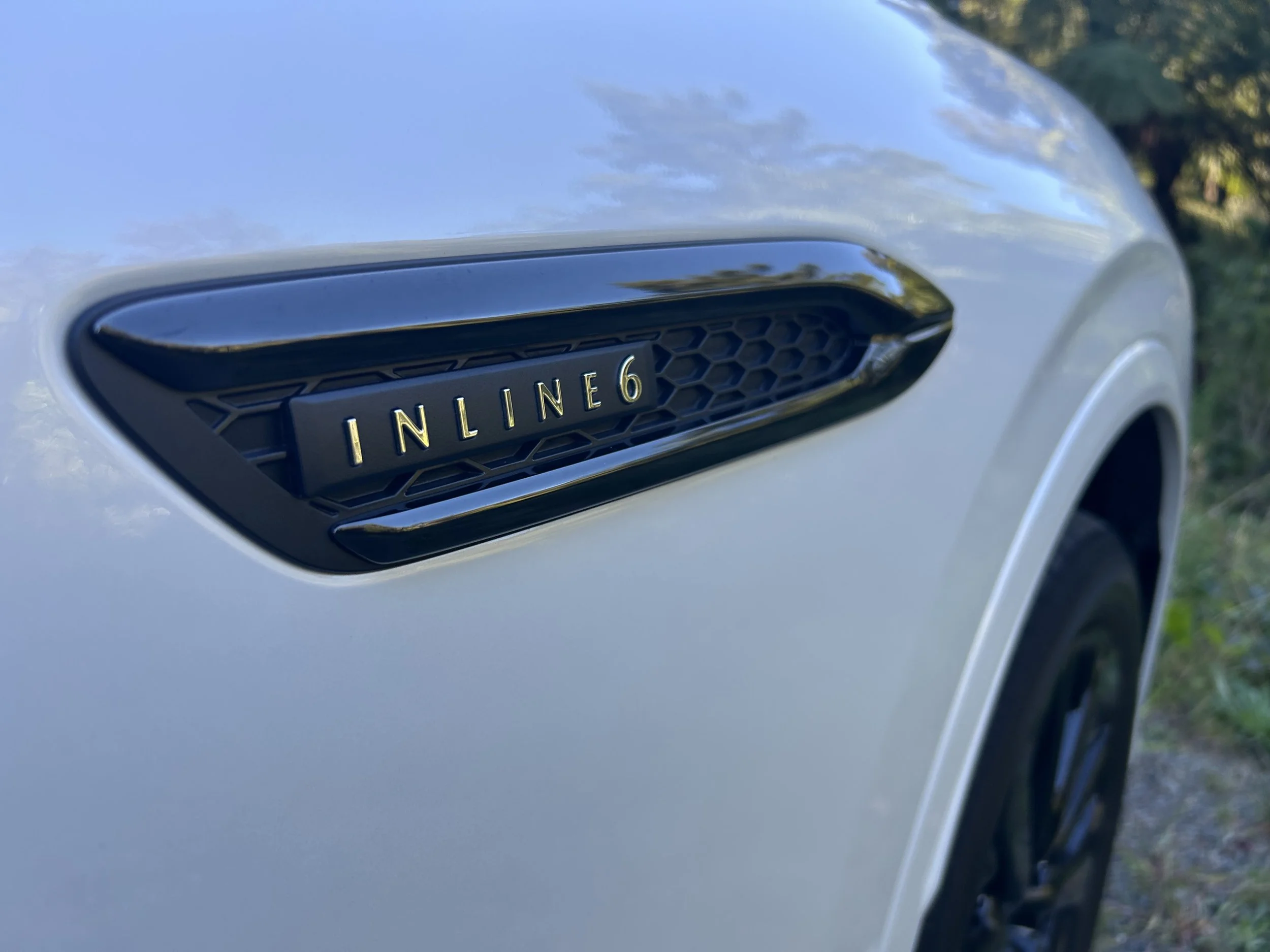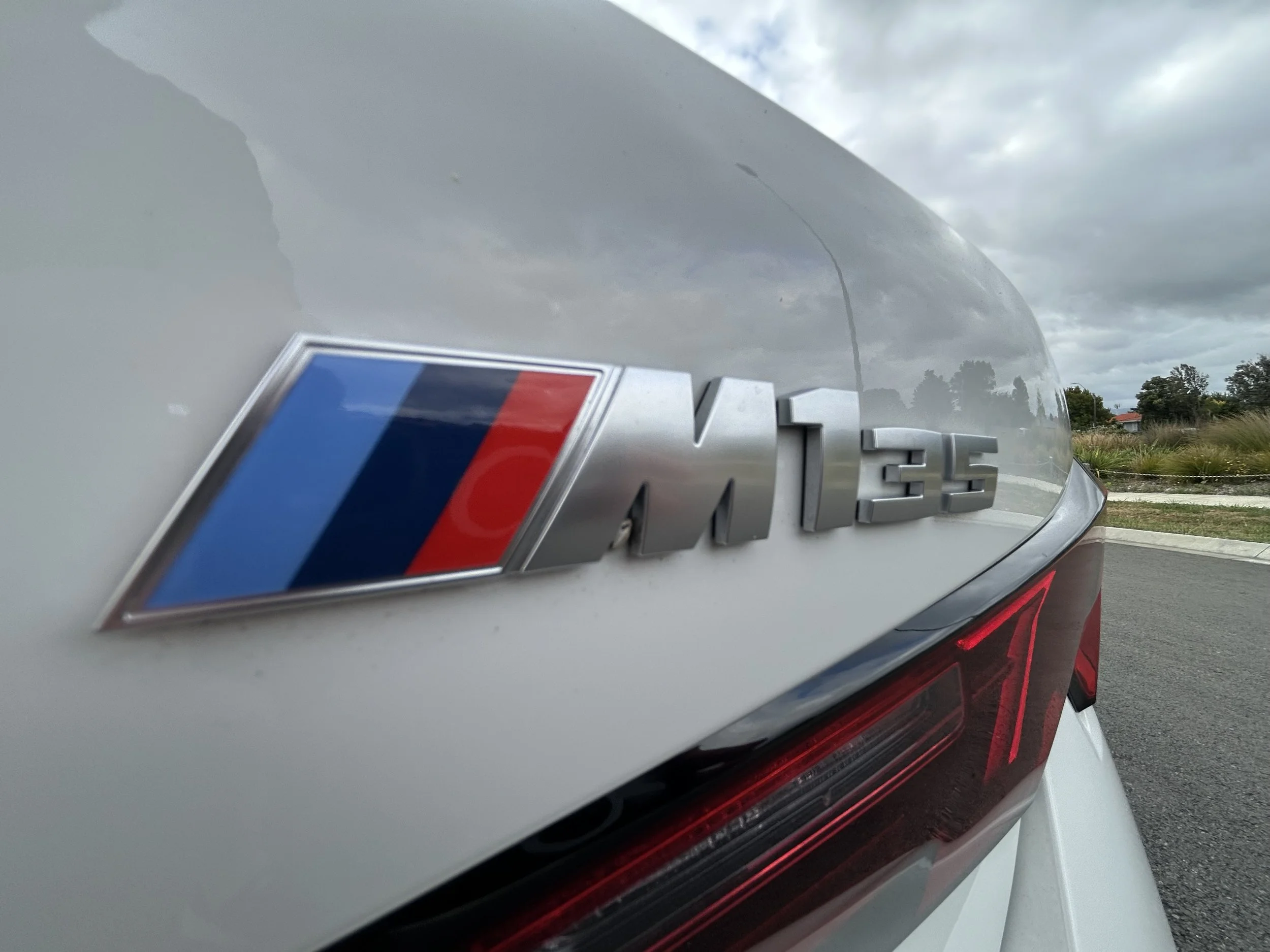Urban Cruiser a baby bZX4
/Toyota’s snappy compact electric SUV seems set to be equally city and country-friendly.
NOW it has a name - whether it has a place in the New Zealand motoring landscape still remains uncertain.
Toyota Japan has now shown off its new electric sports utility, Urban Cruiser.
A compact sports utility that at 4.2 metres long is only slightly larger than its Yaris Cross Hybrid, this is also Toyota’s version of the Suzuki e-Vitara, which revealed on November 7 and has been confirmed for Kiwi use, probably in 2025.
Suzuki and Toyota teamed to develop the platform; Japan’s biggest car maker has a share in one of the country’s smallest and they’ve been technical partners for some time now.
Each has gone its own way in respect to stylings, so in that respect they cannot be called doppelgängers in the Subaru-Toyota BRZ/GR86 and Solterra/bZ4X sense.
Will Kiwis ever get to make direct comparison? There’s been no firm answer from the Palmerston North-based market leader, which avoided the question completely when asked at time of e-Vitara’s reveal.
Doubtless sentiment there at the moment will be tempered by the new electric car market being in an absolute mess. Everyone is struggling, Toyota NZ apparently included, given that it has just effected a massive price drop on bZ4X, currently its sole fully electric here (discounting upmarket Lexus).
On the other hand, even though it recently acknowledge it has slowed its overall EV production planning, Toyota Japan is nonetheless still ramping up international effort.
Urban Cruiser is one of the six new all-electric models the brand will launch between now and 2026.
It’s already been cited as being an important ingredient of a plan to reach, through hybrid, plug-in hybrid, electric, and fuel cell vehicles, carbon neutrality in Europe by 2040.
The Urban Cruiser looks set to have an interesting potential. While clearly cut out for a happy life in the city in respect to its tight dimensions (the turning radius is just 5.2 metres, which means the full turning circle is only 10.4m) it might nonetheless prove - as bZ4X has done - to also be a useful accomplice for outdoorsy activity.
Like e-Vitara, the Toyota will format with all-wheel-drive as an option to front-drive, and will also deliver with some off-seal assists such as Downhill Assist Control and Trail Mode which detects and brakes a spinning wheel while directing drive torque to the opposite wheel. Even front-wheel drive Urban Cruisers will have a ‘snow mode’ that finds extra traction in slippery conditions. The wheel sizes range between 18 and 19 inches.
The look also lends some association with the Cruisers Kiwi know best - while the overall design is all about Urban Tech according to the maker, like the Land Cruiser 300 and Prado, the battery-reliant baby has boxy styling and it gets Toyota’s distinctive new ‘Hammerhead’ lights and grille arrangement at the front.
The interior is also styled to suggest a certain robustness, with two big 10.25-inch digital screens under a single frame, upright air vents, and a squared-off steering wheel.
The packaging pluses of going electric - plus it being a wheelbase that’s 140mm longer than the Yaris Cross’s - mean it’s roomy inside; almost on par with the RAV4. Full dimensions have yet to be shared, but it has sliding rear seats, so an owner can prioritise either luggage space or rear legroom.
Front wheel drive models get a choice of 107kW or 129kW motors, the first feeding from a 49kWh battery and the other from a 61kWh unit, while the all-wheel drive model will have 137kW, and will only be available with the bigger battery. Both batteries use lithium-iron phosphate technology.
Toyota isn’t talking about range yet but around 400km from the larger battery would be competitive. All editions will get an energy-saving heat-pump heating system.
Safety features will include a pre-collision system, adaptive cruise control, lane departure alert and lane keep assist, as well as a 360-degree parking camera. Toyota has also developed a domestic charger, remotely controllable through a smartphone app.
The one other thing we know? That it’s going to be built by Suzuki, and not in Japan but in India.





















